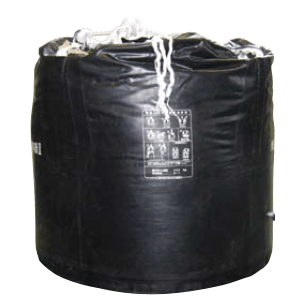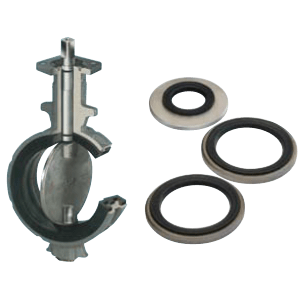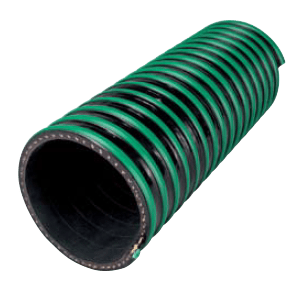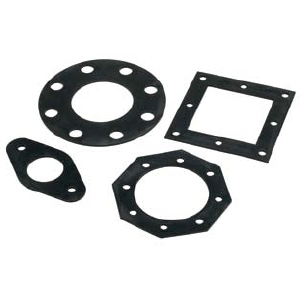
Radiation resistance environment products
Radiation resistant rubber
■ Radiation resistant rubber
 ■ Radiation units
■ Radiation resistance of elastomers
■ Radiation units
■ Radiation resistance of elastomers
 ■ Product examples
■ Product examples




Research and development on radiation-resistant rubber is conducted in cooperation with the Japan Atomic Energy Agency, an independent administrative corporation (currently a national research and development corporation). Radiation-resistant rubber was developed in joint research for the improvement of radiation resistant rubber employed in rubber shock-absorbing materials and seals used in the high intensity proton accelerator facility (J-PARC). Examples of commercialization of the product are exhibited at the Sixth Industry-Academia-Government Cooperation Conference.
■ Characteristics of radiation-resistant rubber
- Usable in high-intensity radiation environments.
- Improved durability of rubber materials allows for reduced material costs.
- Contributes to a reduction in the volume of radioactive waste materials.
- Reduces exposure of personnel to radiation during inspection, maintenance, and replacement work.
- Improves reliability of equipment.
- A comprehensive product range is available (sheets, packings, seals, etc.)
Type
Classification
α rays
Charged particle radiation
High-speed helium nuclei
β rays
Charged particle radiation
High-speed electron flow
γ and χ rays
Electromagnetic radiation
Short-wavelength electromagnetic radiation
Neutron rays
Non-charged particle radiation
Flow of neutrons comprising the atomic nucleus

-
放射線の単位
- Absorbed dose: Gray (Gy)
- Dose equivalent: Sievert (Sv)
Indicates the amount of energy absorbed by a substance.
1 Gy indicates absorption of 1 J of energy per kg of a substance.
Indicates the effect of absorbed radiation on the human body.
Radiation
Quality factor
β rays, γ rays, χ rays
1
Neutron ray
10
α rays
20
 ■ Product examples
■ Product examples

Flexible container bags

Packings and gaskets

Pressure-resistant hoses

Punched gaskets
